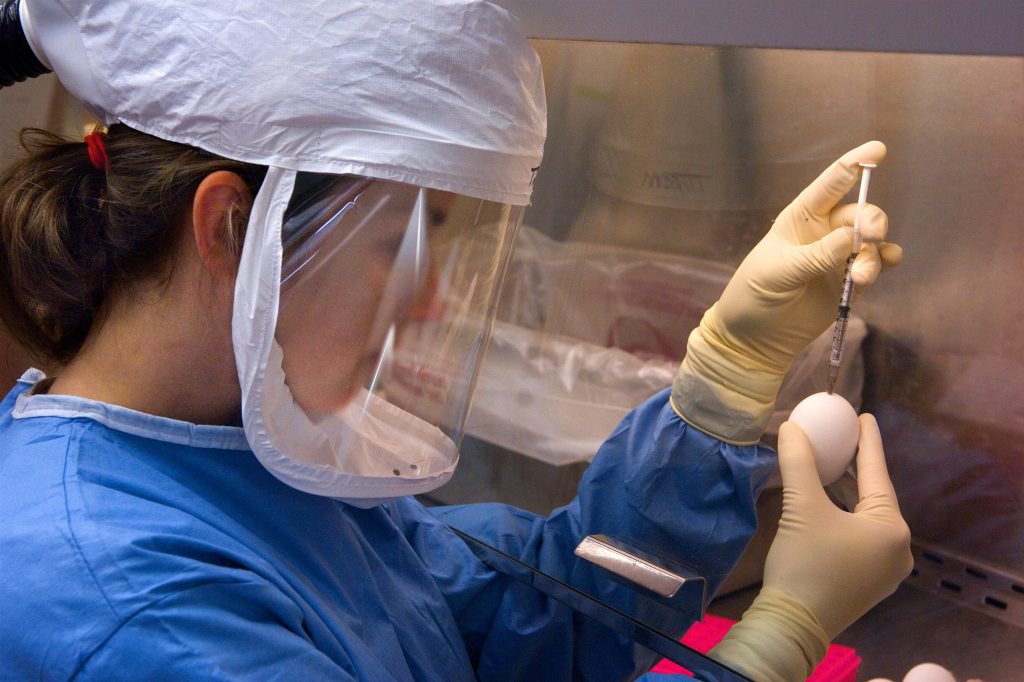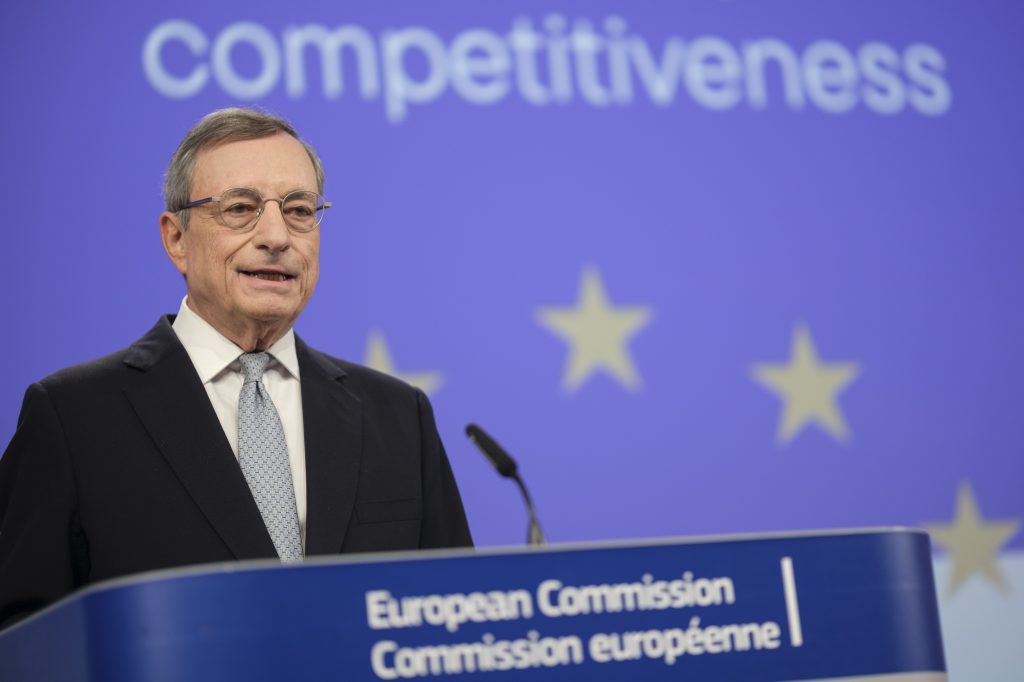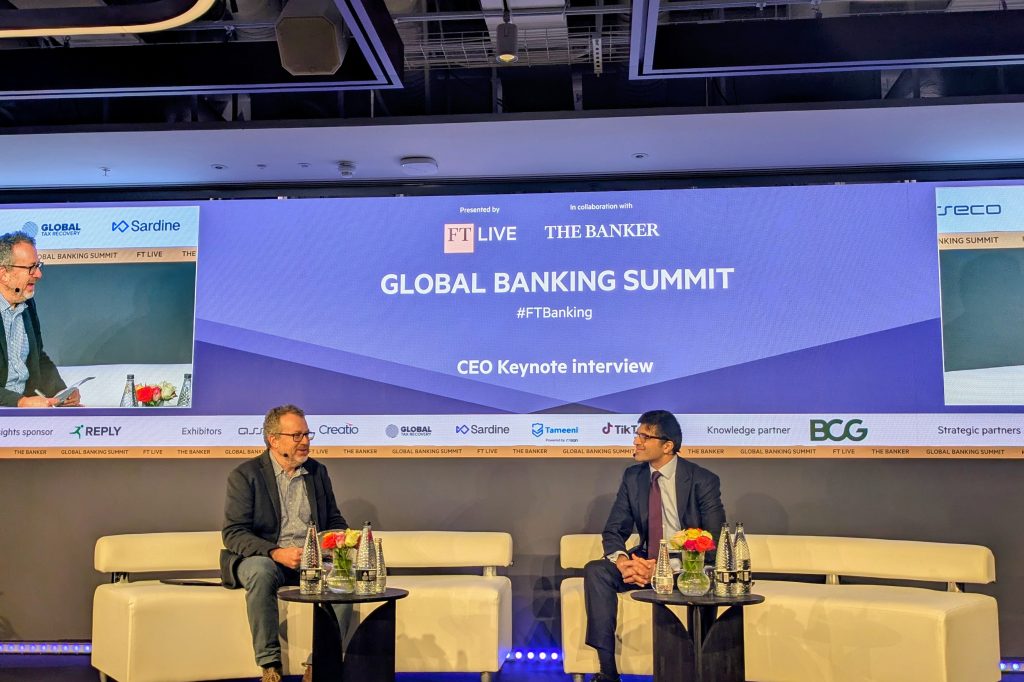The latest UK Finance Payment Markets Report, produced in collaboration with Accenture, found the total number of payments made in the UK in 2023 increased by 5% to 48.1 billion with 38% of payments made contactless. Adrian Buckle, head of research at UK Finance, said: “Mobile contactless payments are
The number of cash payments
Register for free to keep reading.
To continue reading this article and unlock full access to GRIP, register now. You’ll enjoy free access to all content until our subscription service launches in early 2026.
- Unlimited access to industry insights
- Stay on top of key rules and regulatory changes with our Rules Navigator
- Ad-free experience with no distractions
- Regular podcasts from trusted external experts
- Fresh compliance and regulatory content every day

















